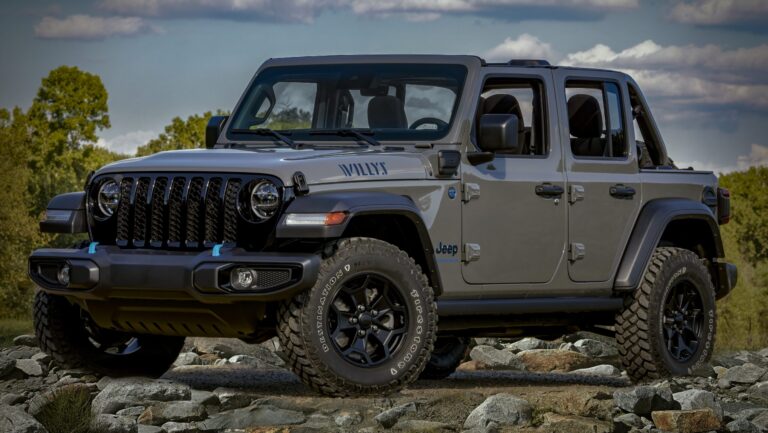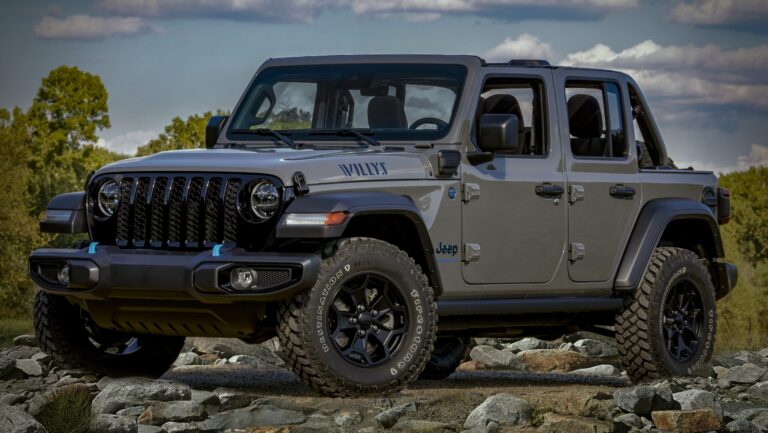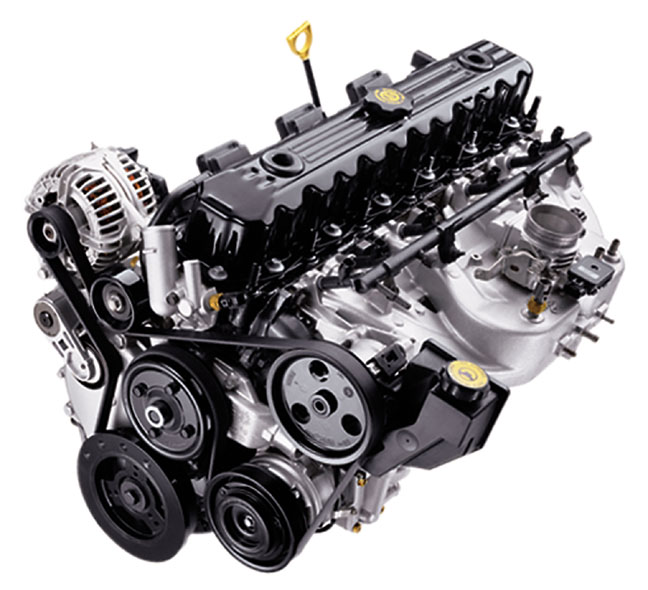1966 Jeep Gladiator For Sale: Your Guide to Acquiring an American Icon
1966 Jeep Gladiator For Sale: Your Guide to Acquiring an American Icon jeeps.truckstrend.com
The year 1966 evokes images of a changing world, and in the automotive landscape, it saw the continued reign of rugged utility vehicles. Among these, the Jeep Gladiator, specifically the J-Series pickup truck, stood out as a testament to American engineering and durability. Finding a 1966 Jeep Gladiator for sale today isn’t just about acquiring a vintage vehicle; it’s about investing in a piece of history, a workhorse that seamlessly blends classic design with unparalleled capability. For collectors, off-road enthusiasts, or anyone seeking a unique and reliable vintage truck, the 1966 Gladiator represents a rare and compelling opportunity. This comprehensive guide will walk you through everything you need to know when considering this iconic machine.
The Enduring Legacy of the 1966 Jeep Gladiator
1966 Jeep Gladiator For Sale: Your Guide to Acquiring an American Icon
Introduced in 1962, the Jeep Gladiator (later renamed the J-Series) was Willys Motors’ entry into the full-size pickup truck market. It shared its platform with the Wagoneer, establishing a lineage of robust, go-anywhere vehicles. By 1966, the Gladiator had matured, offering a range of configurations and powertrain options that cemented its reputation for reliability and versatility.
The 1966 models typically featured the venerable 230 cubic inch "Tornado" Overhead Cam (OHC) inline-six engine, known for its unique design and robust torque, though some might have been equipped with the optional 327 cubic inch AMC V8. Available in two-wheel drive (2WD) or four-wheel drive (4WD), and with various wheelbase options (J-2000 for 120-inch and J-3000 for 126-inch), the Gladiator could be tailored for diverse needs, from farm work to construction, or simply as a sturdy family hauler. Its distinctive boxy lines, prominent grille, and solid axles made it instantly recognizable and a symbol of utilitarian strength. Owning a 1966 Gladiator means embracing a vehicle built with an ethos of durability and straightforward functionality, a stark contrast to today’s complex trucks.
What to Look For When Buying a 1966 Jeep Gladiator
Acquiring a vintage vehicle like the 1966 Jeep Gladiator requires a discerning eye and a methodical approach. The condition of these trucks can vary wildly, from barn finds requiring full restoration to meticulously restored showpieces.
- Rust: The Ultimate Enemy: Given its age, rust is the most critical factor. Inspect the frame thoroughly for any signs of rot, especially around spring mounts, body mounts, and crossmembers. Pay close attention to common rust traps like the lower cab corners, rocker panels, floorboards, bed mounts, and wheel wells. Surface rust is manageable, but structural rust is a deal-breaker or a costly repair.
- Engine and Drivetrain: Inquire about the original engine (Tornado OHC I6 or AMC V8). Check for leaks, unusual noises, and signs of proper maintenance. Test the transmission (manual or automatic) through all gears, ensuring smooth shifts and no grinding. For 4WD models, engage both high and low range to verify the transfer case is functional. Inspect the axles, differentials, and universal joints for play or leaks.
- Body and Interior Originality: Decide whether you prefer a truck with original patina or a fully restored example. Original paint, while often faded, tells a story and can be more valuable to some collectors. Check the condition of the glass, weather stripping, and chrome trim. Inside, assess the seats, dashboard, gauges, and headliner. Original components, even if worn, are often preferred over modern replacements for authenticity.
- Brakes and Suspension: As a drum-brake-only vehicle from this era, ensure the braking system is in good working order. Test for pulling or sponginess. Inspect leaf springs, shocks, and steering components for wear. Excessive play in the steering wheel indicates worn steering box or linkage components.
- Documentation: A clear title is paramount. Any service records, original owner’s manuals, or build sheets (though rare for this era) add significant value and provide insight into the vehicle’s history.

The Ownership Experience: Benefits and Challenges
Owning a 1966 Jeep Gladiator is a unique experience, offering distinct advantages and some practical considerations.
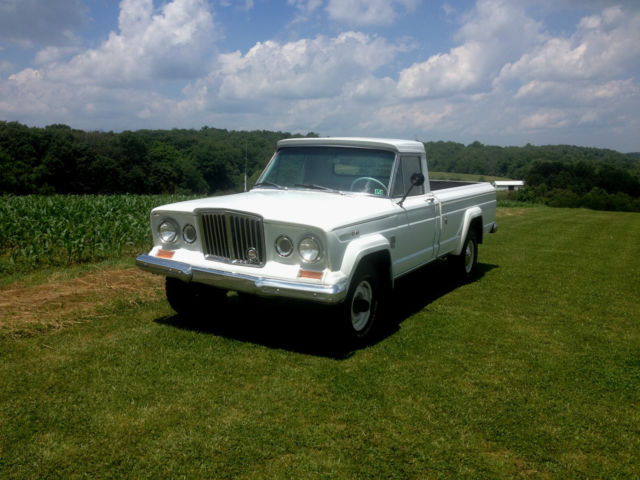
Benefits:
- Unique Style and Presence: The Gladiator stands out in a sea of modern vehicles. Its classic lines and rugged demeanor command attention and spark conversations.
- Strong Community: The vintage Jeep community is vast, supportive, and passionate. Finding advice, parts, and camaraderie is relatively easy.
- Mechanical Simplicity: Compared to modern trucks, the 1966 Gladiator is mechanically straightforward. Many repairs can be tackled by a home mechanic with basic tools, reducing labor costs.
- Parts Availability: While not every part is readily available, many mechanical components are shared with other period Jeep models or can be sourced from specialist suppliers. Reproduction body panels and interior bits are also increasingly available.
- Investment Potential: Well-maintained or professionally restored Gladiators are appreciating in value, making them not just a hobby but potentially a sound investment.
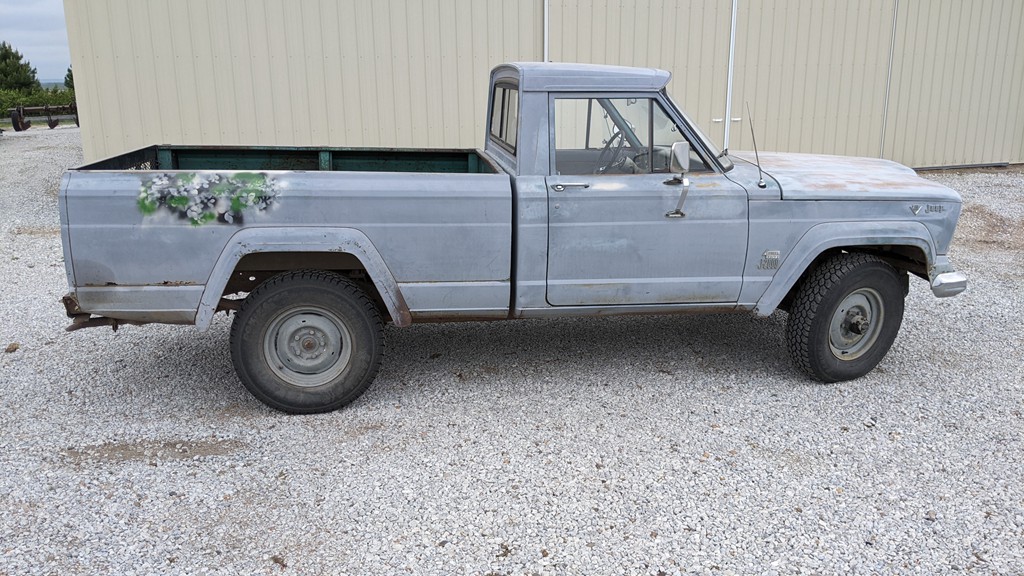
Challenges:
- Fuel Economy: These trucks were not designed for efficiency. Expect single-digit miles per gallon, especially with the V8 or aggressive tires.
- Lack of Modern Conveniences: Power steering, power brakes, air conditioning, and advanced safety features are typically absent, requiring a different driving style and expectation.
- Maintenance and Upkeep: While simple, a 50+ year old vehicle will always require ongoing maintenance. Rust prevention and vigilance for wear and tear are crucial.
- Finding Skilled Mechanics: While basic mechanics can work on them, finding a specialist familiar with vintage Jeeps and specific Gladiator quirks can be challenging outside of major metropolitan areas.
- Safety Considerations: Without airbags, ABS, or crumple zones, these vehicles offer significantly less protection in an accident compared to modern trucks.
Tips for a Successful Purchase
- Set a Realistic Budget: The purchase price is just the beginning. Factor in costs for immediate repairs, registration, insurance, and potential restoration.
- Pre-Purchase Inspection (PPI): Always, always, always get a qualified vintage vehicle mechanic or Jeep specialist to perform a comprehensive PPI. Their trained eye can spot issues you might miss.
- Research Market Value: Look at recent sales of similar condition 1966 Gladiators to get a sense of fair pricing. Online forums and auction sites can provide valuable data.
- Join Owner Forums: Before or during your search, join online forums or Facebook groups dedicated to vintage Jeeps or Gladiators. Members can offer advice, leads on parts, and even help with PPIs if they are local to the seller.
- Don’t Rush: The right Gladiator will come along. Be patient and don’t feel pressured into buying the first one you see.
Concluding Summary
The 1966 Jeep Gladiator for sale represents more than just a vintage truck; it’s an opportunity to own a piece of American automotive heritage. With its rugged charm, straightforward mechanics, and growing appeal, a Gladiator can be a rewarding addition to any garage. While ownership comes with its unique set of challenges, the unparalleled driving experience, the vibrant community, and the sheer coolness of cruising in such an iconic vehicle far outweigh them. Approach the purchase with thorough research, a keen eye for detail, and a realistic understanding of vintage vehicle ownership, and you’ll be well on your way to enjoying the enduring legacy of this magnificent machine.
Price Table: Hypothetical 1966 Jeep Gladiator For Sale
Let’s imagine a specific 1966 Jeep Gladiator that has been moderately restored, offering a balance of originality and usability.
Vehicle Details: 1966 Jeep Gladiator J-2000 Thriftside Pickup, 4×4, Original 230 Tornado OHC I6 Engine, 3-speed Manual Transmission.
Asking Price: $28,500 USD
| Feature/Component | Description | Condition/Status | Notes on Value / Impact |
|---|---|---|---|
| Engine (230 Tornado) | Original 230 cu in "Tornado" OHC I6 | Runs strong, no major leaks, recently tuned up. Original carburetor. | Original engine adds significant collector value. Well-maintained condition is a major plus. |
| Transmission | T-90 3-speed Manual | Shifts smoothly, new clutch installed 2 years ago. | Robust and reliable. Manual transmission is preferred by many purists. |
| Transfer Case | Dana 20 4×4 | Fully functional, engages high/low range without issue. | Essential for 4×4 capability; a working unit is critical. |
| Body & Paint | Original "Glacier White" paint (re-sprayed once 10 years ago), Thriftside bed. | Good driver quality, minor chips and scratches. No significant rust visible on body panels. Minor surface rust on underside of bed floor. | Re-spray maintains original color, preserving aesthetic. Minimal rust indicates good previous care. Thriftside bed is less common, adding character. |
| Frame | Original Ladder Frame | Solid, no structural rust or previous repairs noted. | The most critical component; a solid frame underpins the entire vehicle’s integrity and value. |
| Interior | Original bench seat re-upholstered in correct vinyl, new rubber floor mat. Original dash with working gauges. | Very good, clean. Minor cracks on steering wheel. | A clean, functional interior enhances daily usability and shows pride of ownership. |
| Brakes & Suspension | Drum brakes all around. Leaf spring suspension. | New brake lines and wheel cylinders installed recently. Suspension components (shocks, bushings) replaced 5 years ago. Rides well for its age. | Functional brakes are paramount for safety. Updated suspension components ensure a better driving experience. |
| Tires & Wheels | Period-correct steel wheels with new all-terrain tires. | Excellent tread life. | Ready for immediate use; good tires are a significant expense often overlooked. |
| Documentation | Clean California Title. Some service records from previous owner. | Clear and complete. | Essential for legal ownership and history verification. Adds peace of mind. |
| Overall Condition | A well-maintained "driver quality" classic, not a show queen, but ready for regular use and enjoyment. | Represents a solid investment for someone looking to use and enjoy their vintage truck, with potential for further restoration down the line. | This level of condition commands a fair market price, reflecting the work already done and its readiness. Fully restored examples can fetch significantly more. |
Frequently Asked Questions (FAQ)
Q1: What’s the typical price range for a 1966 Jeep Gladiator?
A1: Prices vary greatly depending on condition, originality, and location. A project truck needing extensive work might be found for $5,000-$15,000. A good "driver quality" example could range from $18,000-$35,000. Fully restored, show-quality Gladiators can command upwards of $40,000 to $60,000+.
Q2: Are parts readily available for a 1966 Gladiator?
A2: Mechanical parts (engine, transmission, drivetrain components) are often interchangeable with other period Jeeps (Wagoneer, J-series trucks) and are surprisingly available through specialist vendors and online communities. Body panels and specific trim pieces can be harder to find but reproductions are increasingly available.
Q3: Can a 1966 Jeep Gladiator be a reliable daily driver?
A3: While they can be made reliable, they require consistent maintenance and a tolerance for vintage vehicle quirks. They lack modern safety features, fuel efficiency, and creature comforts. They are best suited for occasional driving, weekend cruises, or light utility work, rather than daily commuting in heavy traffic.
Q4: What’s the fuel economy like for a 1966 Gladiator?
A4: Don’t expect good fuel economy. Depending on the engine (Tornado I6 or AMC V8), transmission, and gearing, you can expect anywhere from 8 to 14 miles per gallon.
Q5: Is it easy to modify a 1966 Gladiator for off-roading?
A5: Yes, the Gladiator platform is highly capable off-road and popular for modifications. Common upgrades include lift kits, larger tires, disc brake conversions, and engine swaps. However, extensive modifications can reduce originality and potentially impact collector value.
Q6: What are the most common rust spots to check?
A6: Key areas include the frame (especially where body mounts attach), cab corners, rocker panels, floorboards, bed mounts, and the entire bed floor, particularly where water might collect. The bottom edges of doors and fenders are also susceptible.
Q7: How difficult is it to restore a 1966 Jeep Gladiator?
A7: Restoration can be challenging and expensive due to the age of the vehicle and the potential for extensive rust. It requires specialized knowledge, tools, and a significant time commitment. Many owners opt for a "restomod" approach, blending classic looks with modern mechanicals for improved usability.


